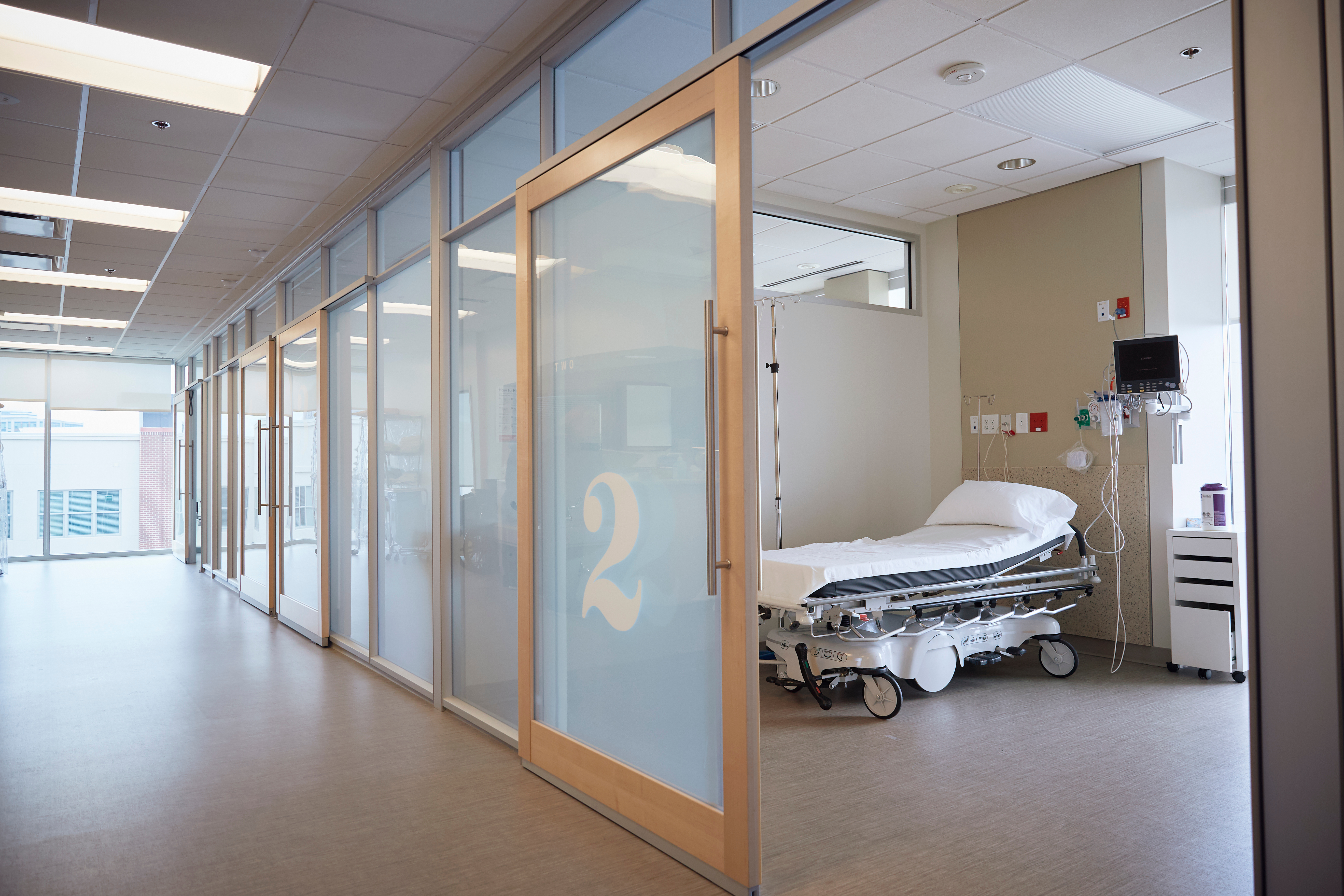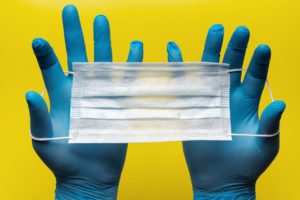1 min read
Healthy Building Design After the Quarantine
Dialectic Engineering
Apr 28, 2020 11:11:37 AM

As leaders in MEP design, we’re frequently asked about the best approach to creating healthier indoor environments. With people starting to think of what their post-pandemic lives will look like – how they’ll feel safe going into a crowded movie theater or restaurant, for instance – we’re revisiting best practices for conscious healthy building design aimed at minimizing the spread of infectious disease.
Mitigating the spread
The healthcare industry has long known that air quality control—in the form of ASHRAE ventilation design criteria—is a crucial component in successfully preventing the transmission of airborne infectious agents. While ASHRAE doesn’t currently provide specific requirements for infectious disease control in non-healthcare spaces, we expect to see this trend in other industries, as operators and owners seek ways to make employees and patrons feel safe outside their homes again.
Healthy building lessons drawn from healthcare engineering design
Healthcare facilities use a variety of methods simultaneously to take into consideration air quality control, administrative protocol/procedures and the use of protective equipment. In this way, they restrict the transmission of pathogens by limiting potential contact and airborne exposure. While the way we design and operate HVAC systems can have positive effects on minimizing the transportation of infectious aerosol, we see the greatest benefit by combining several of ASHRAE’s following strategies:
Air Distribution Patterns control the spread of infectious disease through dilution of room air around a source and the removal of infectious agents.
Differential Room Pressurization is important for controlling airflow between zones in a building incorporating supplemental dilution or exhaust/capture ventilation.
Highly Efficient Particulate Air (HEPA) Filtration (central or local) reduces the concentration of infectious aerosols through supply of recirculated air in a shared centralized HVAC system.
Personalized Ventilation or Source Capture Ventilation provide local exhaust source control and/or supply 100% outdoor, highly filtered or UV-disinfected air directly to the occupant’s breathing zone.
Temperature and Humidity Control can impact microorganisms’ ability to survive; research shows infection rates were lowest when Relative Humidity (RH) is between 40% to 60%.
Ultraviolet Germicidal Irradiation (UVGI) inactivates microorganisms by damaging the structure of nucleic acids and proteins, depending on the UV dose and microorganism’s susceptibility. UV-C energy (in the wavelengths from 200 to 280 nm) provides the most germicidal effect, with 265 nm being the optimum wavelength.
For the latest updates and information refer to the ASHRAE Epidemic Task Force.
As consulting engineers, Dialectic’s objective is to assist our clients in making educated decisions for the welfare of their occupants. Let us know if we can help determine the best course of action to meet your specific needs.

